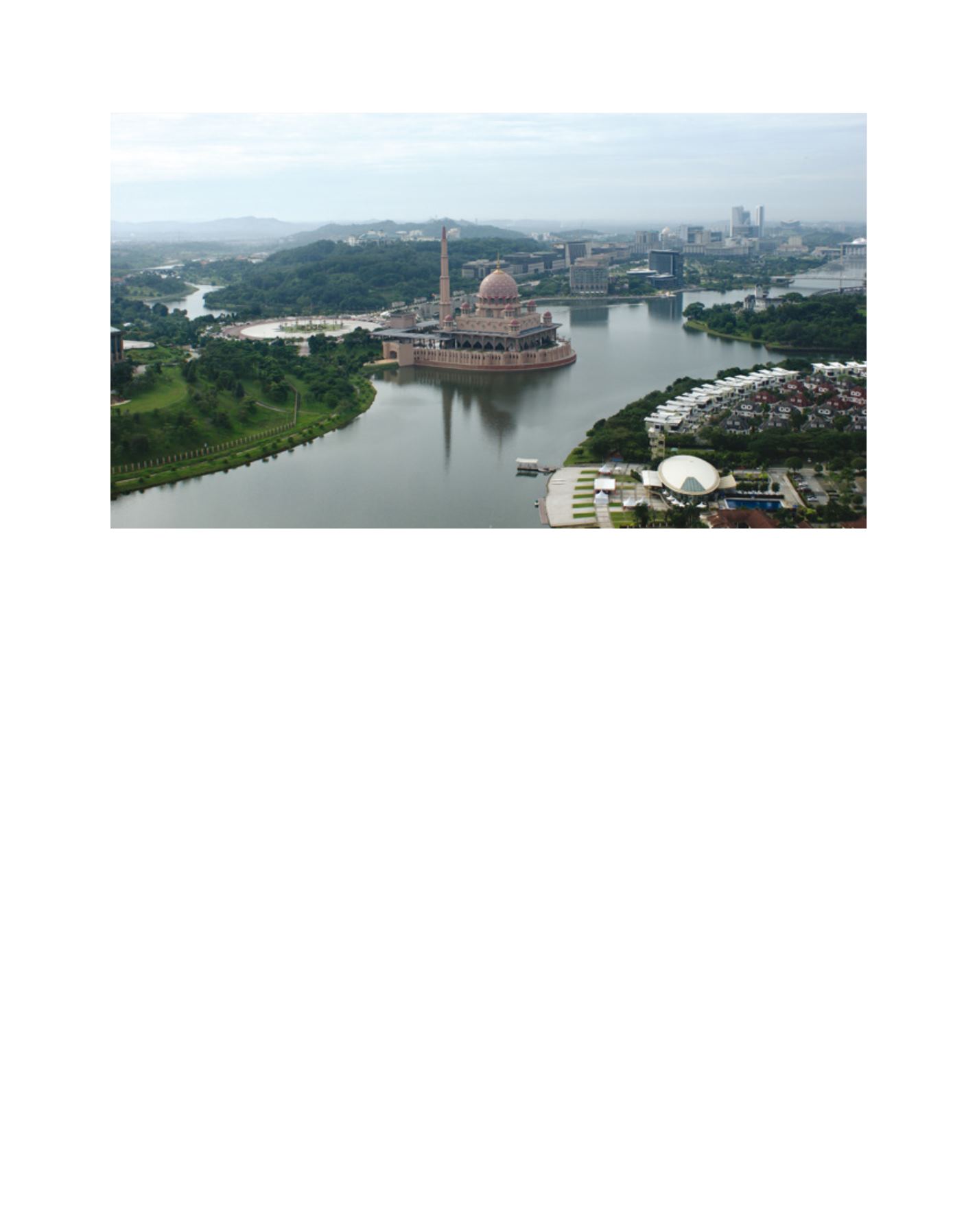

[
] 150
W
ater
E
ducation
and
I
nstitutional
D
evelopment
In preparation for ILBM implementation, the development of a lake
brief began in 2009, comprising data on the basic features and environ-
mental state of the lakes and information onmanagement and governance
challenges. The lake brief was developed based on the template and ques-
tionnaire introduced by the International Lake Environment Committee
(ILEC) in 2008. To ensure the successful development of lake briefs,
NAHRIM conducted meetings where lake managers were identified in
consultation with the stakeholders, and were subsequently guided on
template and lake brief requirements. Suitable avenues for discussion
and presentation in the form of meetings and seminars were held to
enable the lake managers to present their lake brief. A total of 26 lake
briefs – covering 28 lakes across the country – have been prepared to
date by various stakeholders and compiled by NAHRIM. The lake briefs,
which provide an analysis of the state of basin governance for the respec-
tive lake, have become an important component of the ILBM platform
process, which addresses the six pillars of lake basin governance:
• institution
• finance
• policies
• stakeholder participation
• technology
• information.
The lake brief assessment not only provides baseline information
on the health of the water bodies, but also enables lake managers to
improve their management approach by prescribing effective manage-
ment solutions to overcome lake issues and monitor their health.
Stakeholder participation is crucial for the success of a management
approach in any type of water body. Lake communities are an essential
part of many lakes as they inhabit many of these natural or man-made
systems. In natural lakes, native communities have been living in and
around the lakes for a long time and are thus dependent on the lake
for their livelihoods. In man-made lakes, especially in
urban areas, most of the lakes have been developed as
recreational areas where surrounding communities can
spend their leisure time. Understanding the importance
of community participation, stakeholders including NGOs
have been engaged in the colloquium and included in
many of the workshops, and their role has been incor-
porated as one of the national strategies for sustainable
lake management. In some lakes, community stakeholder
committees such as ‘friends of the lake’ (also known as
‘rakan tasik’ in Malay) have been established by NGOs.
These committees should be promoted to assist in the
management of the lakes and their landscape.
Sustainable management action requires sound and
scientifically-based information. In order to enhance
the management of lake data, a central National Lakes
Inventory (NLI) was developed by NAHRIM in 2007
based on inputs and recommendations from workshops.
The inventory comprises summary information and data
for each lake, and assessments based on the preliminary
eutrophication study. The structure of the NLI was adapted
from the World Lakes Database developed by ILEC. An
introduction to this lake inventory, which is known as the
National Lake InformationDatabase (NLID), was presented
to stakeholders – mainly lake managers and researchers
– so they could make contributions to the database. The
lake inventory has been enhanced to become a lake data-
base which applies spatial data in geographical information
system format to support non-spatial data storage. This
enhanced NLID involves cooperation, with data input and
updates performed by various lakemanagers while the data-
base is manned by NAHRIM. The database will eventually
Putrajaya Lake has attracted recreational, sports and tourism activities
Image: Putrajaya Corporation


















